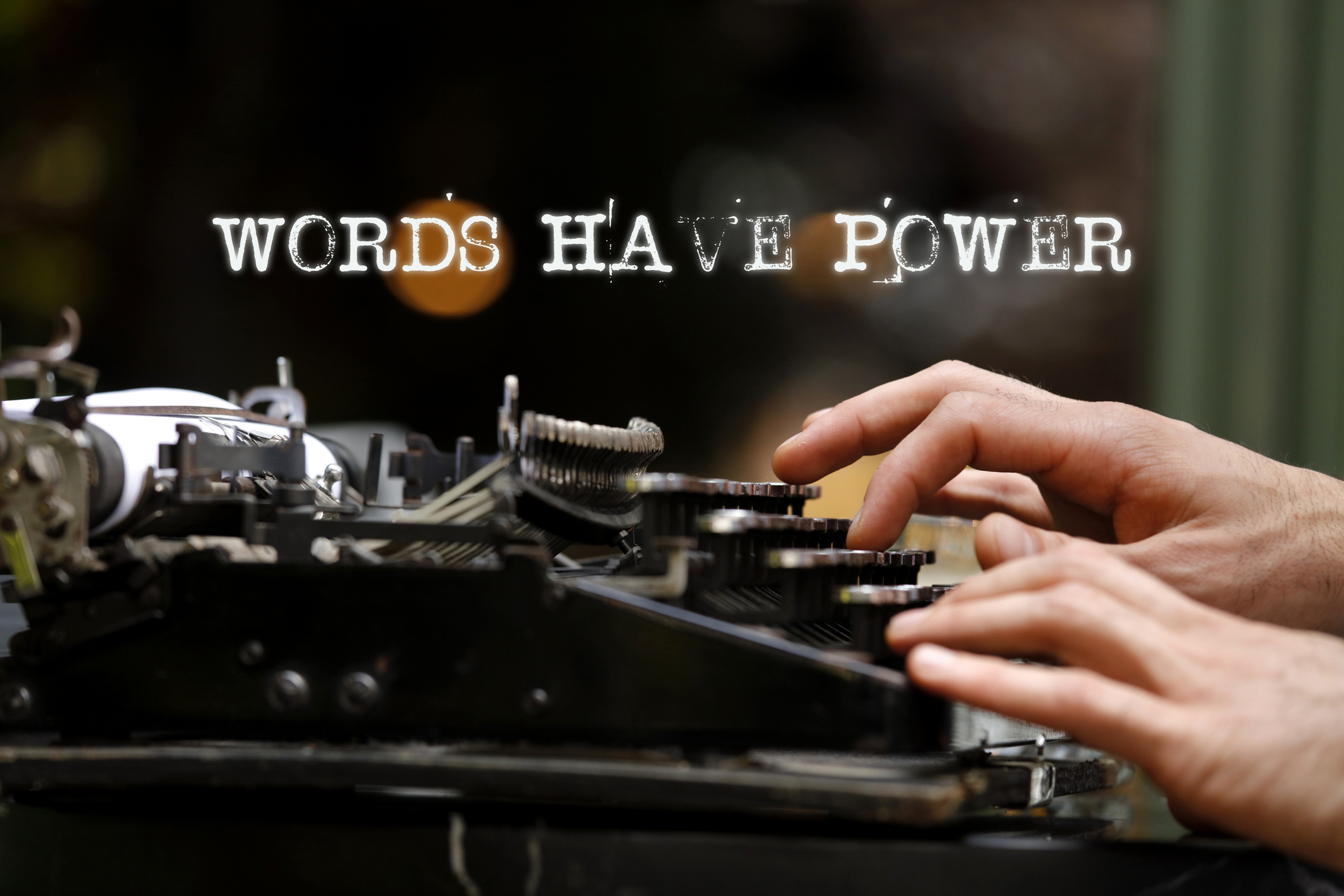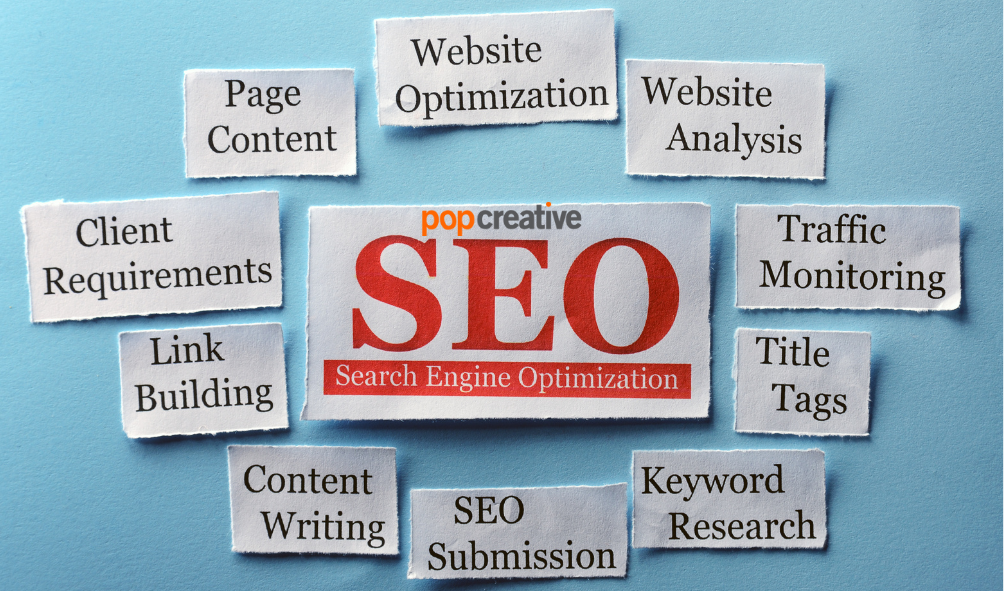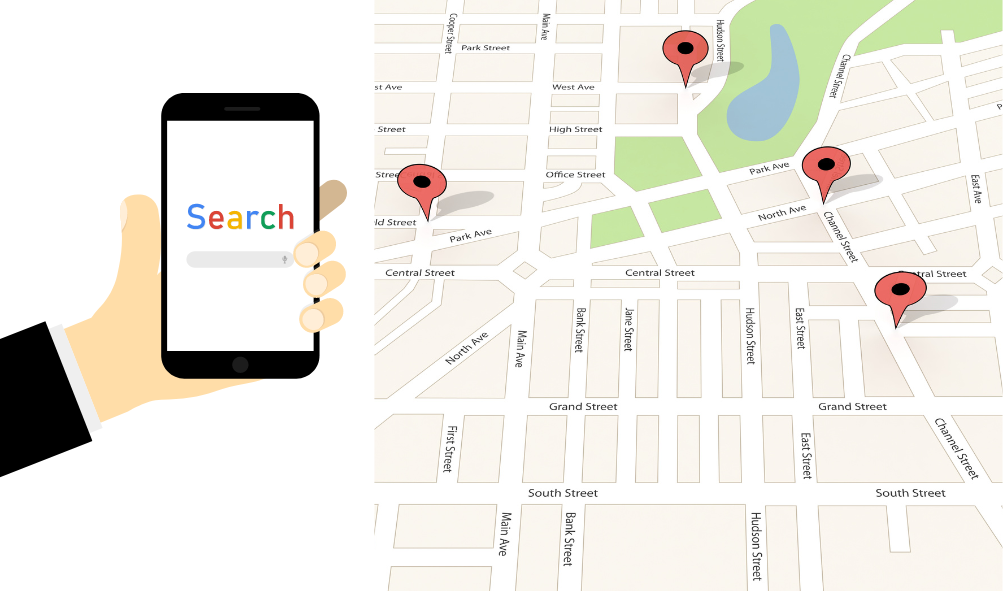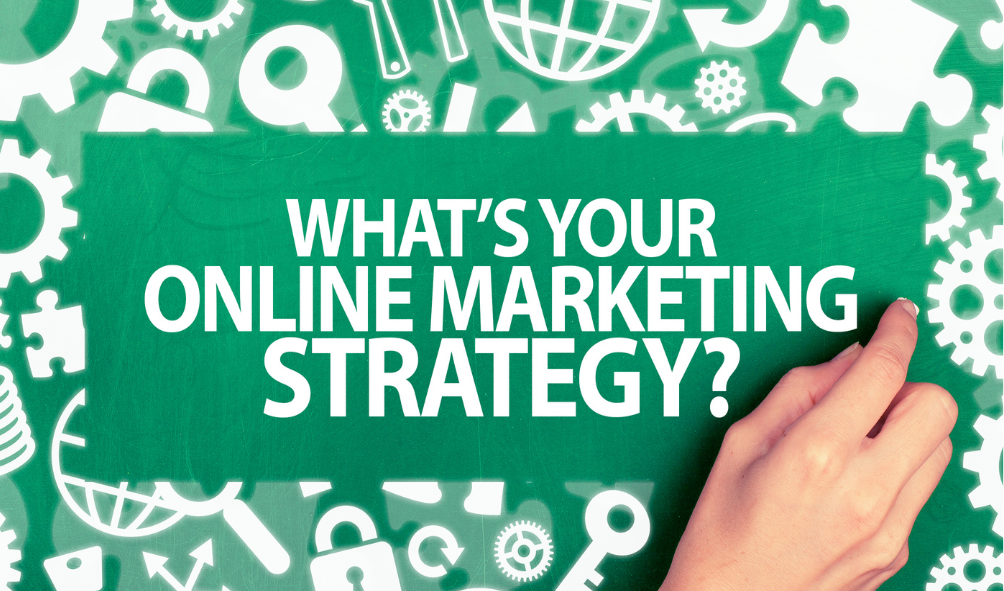
Use Powerful Words to Convey Your Story That Leads to Creating Relationships and Winning Customers
Effectively Connect to Your Audience Through Visual Storytelling
Have you ever wondered why some brands seem to effortlessly connect with their audiences? It’s because they’ve mastered the art of visual storytelling. They share authentic stories that forge emotional connections and bring their brand to life.
You already have an amazing story to tell about your brand. Now you just need to craft it into a compelling narrative that speaks to your customers. When you tap into visual storytelling, you create content with a purpose that sparks curiosity and fuels brand love.
Why Visual Storytelling is Critical for Branding
Visual storytelling is one of the most powerful ways to connect with your audience and share your brand’s story. Through compelling visual narratives, you can spark emotions, build trust, and forge lasting relationships.
Why is visual storytelling so critical for branding? Here are a few reasons:
- It’s engaging. Visuals grab people’s attention and draw them in. Studies show that posts with images get 94% more views than those without.
- It’s memorable. Visuals, especially those that evoke emotion, are far more memorable than words alone. People remember only about 10% of what they hear but up to 65% of what they see and hear.
- It builds empathy. By showing rather than just telling your story through visuals, you help your audience connect with the emotions and experiences in a more visceral way. This fosters understanding and empathy.
- It’s shareable. Visual stories spread like wildfire on social media and beyond. When people see an impactful visual story, they have an irresistible urge to share it with others. This amplifies your brand’s reach and voice.
The key is to be authentic by sharing a glimpse into your brand’s real story and values. Curate visuals, including photos, videos, illustrations, or graphics that genuinely reflect your brand’s personality and purpose. Most importantly, choose visuals that forge an emotional connection and inspire your audience.
With visual storytelling, you have a powerful way to spread your brand’s message, captivate your audience, and create lifelong advocates and evangelists. The stories you share visually have the power to change perceptions and build real relationships. That is the beauty of visual storytelling.
How to Develop a Content Strategy Centered Around Storytelling
To craft a compelling visual story for your brand, you need a strategic content plan. The key is to focus on storytelling, not just random social posts or blog articles.
Start by defining your brand’s story and mission. What do you stand for? How do you want to impact customers? Pinpoint 2-3 key brand messages you want to convey. These will guide your content creation.
Then determine your themes and topics. Group related subjects, products or services that align with your brand story. For example, if you’re an eco-friendly clothing company, themes could be sustainable fashion, ethical manufacturing, and reducing waste.
Outline a content calendar to map out social and blog content for the next few months. For each theme, include 4-6 topics to cover. Mix up content types like:
- Social posts with eye-catching visuals
- Short blog posts with images and video
- Long-form blog articles going in-depth on a topic
- Behind-the-scenes footage
- Customer stories and testimonials
Promote your content on social media using attention-grabbing visuals, captions that spark interest, and relevant hashtags. Engage your audience by replying to their comments and messages.
Measure how people interact with your content to see what’s working. Make changes to keep improving your strategy. With an ongoing focus on visual storytelling, you’ll build brand awareness, connect with your customers, and convey what really matters to your business.
Keep putting in the effort to craft meaningful stories, and your brand will thrive. Visual narratives are key to making emotional connections in today’s digital world.
4 Elements of a Compelling Brand Story
To craft a compelling brand story, focus on four key elements: character, conflict, resolution, and meaning.
Character
Your brand’s character is its personality. Describe your brand’s character to help your audience understand what makes it unique. Is your brand innovative, dependable, premium, or budget-friendly? Share details, anecdotes, and examples that bring its character to life.
Conflict
All good stories have conflict or tension that creates drama and interest. What challenges has your brand faced? What obstacles have you helped your customers overcome? Discussing conflicts your brand has confronted, whether internal or external, helps to humanize the brand and build empathy with your audience.
Resolution
Share how your brand resolved key conflicts and challenges. Explain the solutions, innovations, or pivots that have allowed you to better serve your customers. Discussing resolutions highlights your brand’s resourcefulness, resilience, and ability to evolve with its customers’ needs.
Meaning
The meaning or message behind your brand story gives your audience a reason to care. What impact does your brand make? How has it improved customers’ lives or made the world a little bit better? The meaning could be inspiring your customers to achieve more, empowering underserved groups, or making luxuries more accessible. Share the bigger picture of what your brand stands for and its vision for the future.
Using these four elements—character, conflict, resolution, and meaning—you can craft an authentic, emotionally compelling brand story that resonates with your audience. Keep your story concise yet impactful, with a clear takeaway about why your brand matters. With practice, you’ll become adept at visual storytelling, enabling you to forge lasting connections between your brand and its community.
Best Practices for Crafting Your Brand’s Visual Story
To craft an effective visual story for your brand, keep these best practices in mind:
Focus on authenticity. Your story should highlight what makes your brand unique. Share the real experiences and values that shape your company culture. Audiences will connect more with a genuine story.
Establish emotive imagery. Select visuals that evoke emotion and give viewers insight into your brand’s personality. Images of people interacting with your product or service in a natural way work well.
Use video and motion graphics. Leverage the power of video and animation to bring your story to life. Short social videos are highly engaging and help to quickly captivate audiences.
Keep it concise. Aim for a simple narrative with a clear message. Your visual story should be easy to follow and understand within just a few seconds. Only include key highlights and events.
Brand consistency is key. Ensure your visual story aligns with your brand guidelines for color, font, logo usage, and tone of voice. All elements should work together cohesively to strengthen your brand identity.
Optimize for each platform. Tailor your visual story for the best experience on each social channel. Square videos and images work well on Instagram, while landscape options are better for Facebook. Consider each platform’s content types, audience, and algorithms.
Following these best practices will allow you to craft an impactful visual story that resonates with your target audiences and leaves a lasting impression on your brand. By focusing on authenticity, emotive imagery, concise storytelling, and brand consistency across platforms, you’ll be well on your way to sharing your brand’s story through compelling visual narratives.
Examples of Impactful Visual Storytelling
Visual storytelling is one of the most compelling ways to share your brand’s narrative. When done well, visuals can capture attention, evoke emotion, and convey complex ideas in a simple, digestible way. Here are a few examples of brands using visual storytelling to great effect:
Dove’s Real Beauty Campaign
For over a decade, Dove has championed inclusive beauty standards through their Real Beauty campaign. Using photographs of real women of all ages, sizes, and ethnicities, Dove tells an authentic story of beauty that comes in many forms. The powerful and moving images of confident, happy women celebrate natural beauty and encourage self-acceptance.
Patagonia’s Worn Wear
Outdoor brand Patagonia promotes sustainability through visual storytelling. Their Worn Wear campaign features photos of well-loved Patagonia gear that has endured years of rugged use. Each photo tells the story of an adventurous life lived out of doors. The images convey Patagonia’s brand values of high-quality, durable, and long-lasting products. They inspire consumers to buy less and repair, reuse and recycle more.
Starbucks Year of the Monkey
To celebrate the Chinese New Year and connect with Asian customers, Starbucks created a stop-motion story told through images on the company’s website and social media. The whimsical tale of a monkey making coffee follows the little creature through a Starbucks cafe, interacting with baristas and customers. The light-hearted and creative visuals authentically represent Chinese culture and traditions. They forge an emotional connection with viewers that transcends language barriers.
Using photography, video, animation, or other visual media, brands can craft compelling stories that resonate with audiences on an emotional level. Impactful visual storytelling breaks through the noise, spreads brand messages, and creates meaningful connections between companies and consumers. When done right, visual narratives are a powerful way to share what your brand and business are all about.
Conclusion
So, there you have it. Visual storytelling is a powerful way to share your brand’s narrative and connect with customers on an emotional level. When done right, it can be incredibly impactful. But it does require effort and strategy. Take the time to develop creative and cohesive stories, build them around compelling characters and themes, and share them through stunning visuals. Your audience will thank you for it. At the end of the day, behind every great brand is a great story. Make sure you’re sharing yours. What are you waiting for? Turn off the lights, grab some popcorn, and start visual storytelling. The show must go on!
Visual storytelling is a great way to present your business to your audience in the most effective way. If you don’t have the time or the resources to create a powerful marketing strategy that attracts your ideal clients, turn to Pop Creative Group, one of Miami’s trusted digital marketing agencies. Call 786-477-6760 or request a quote today!





Recent Comments